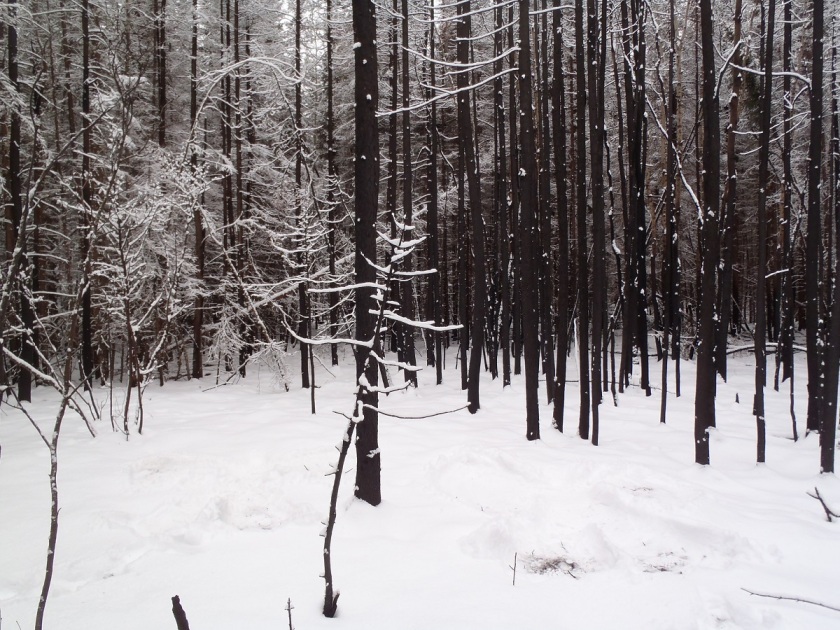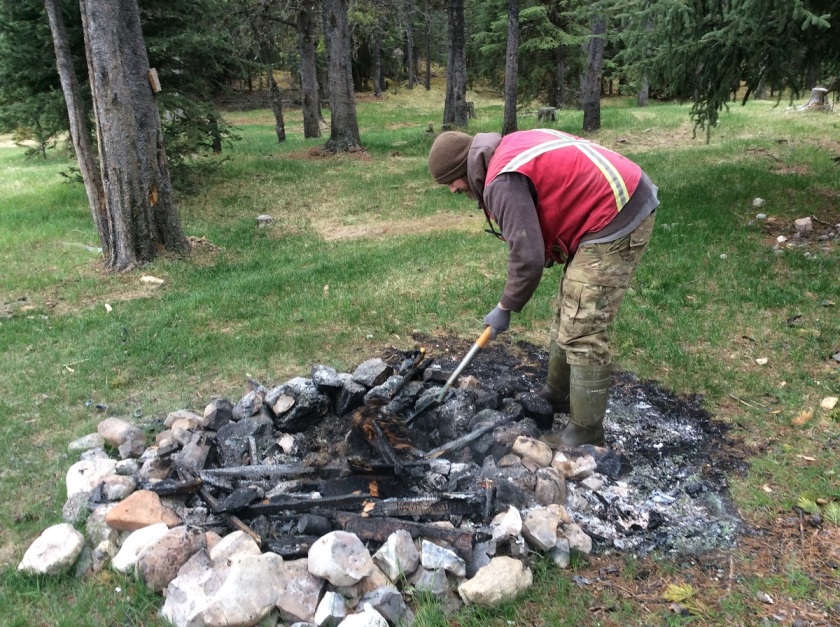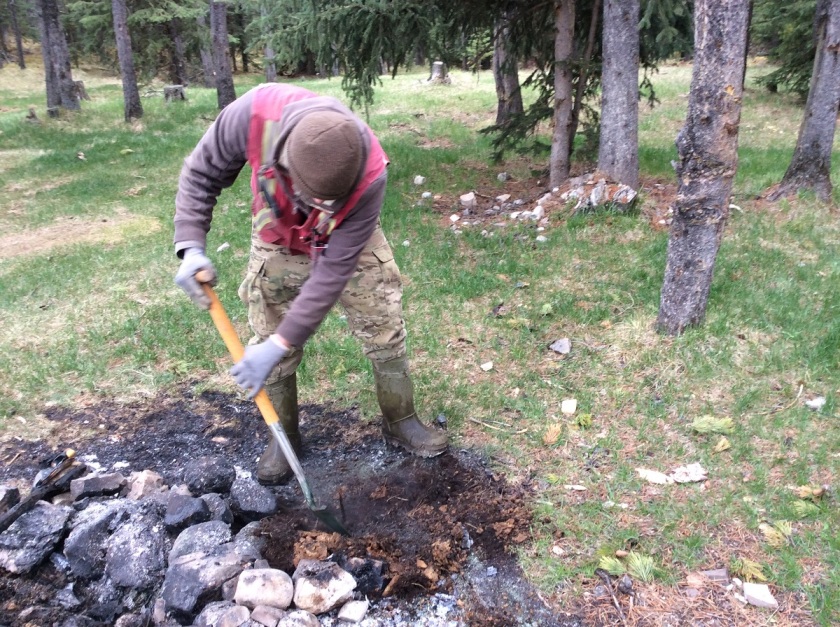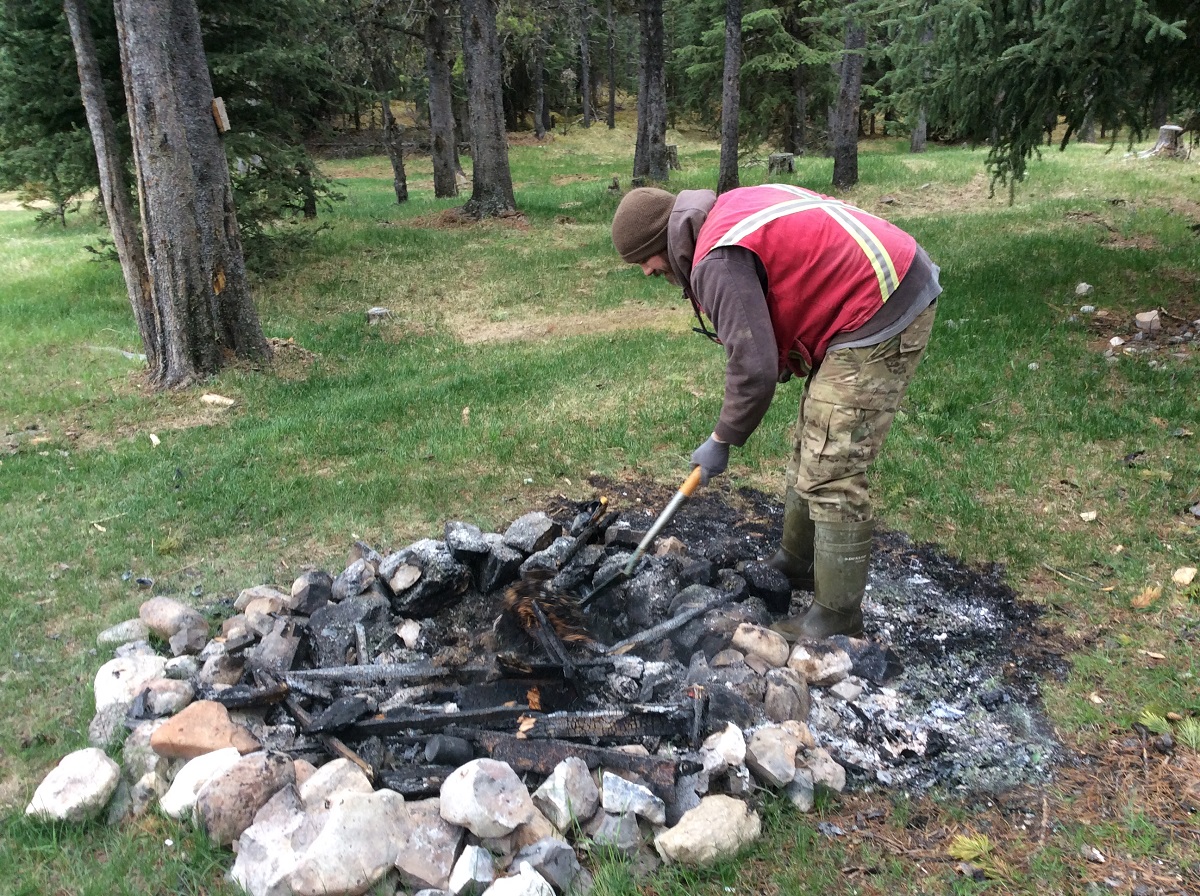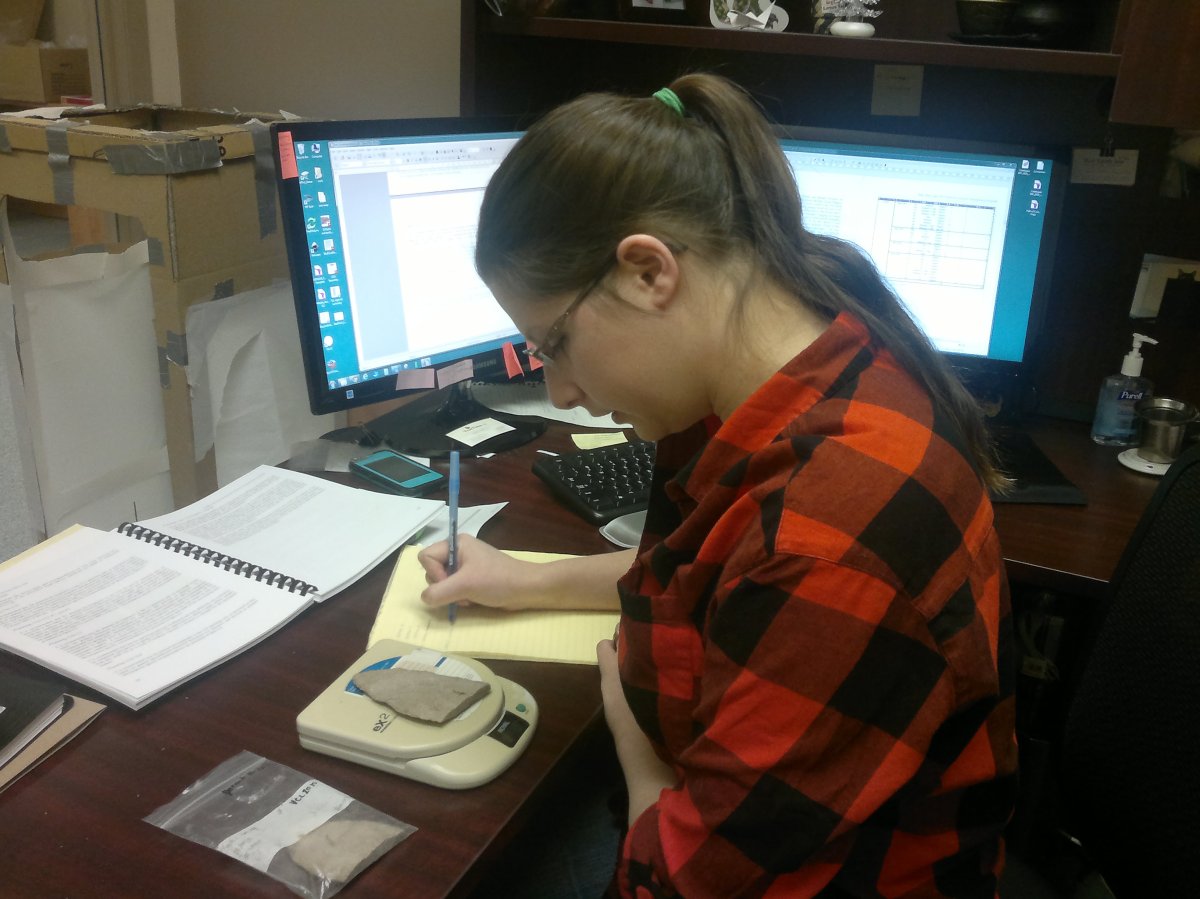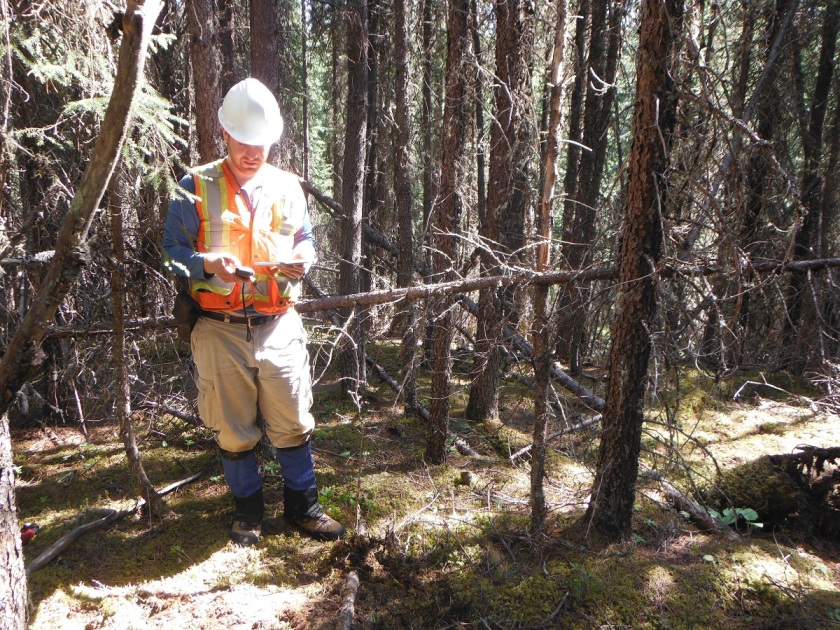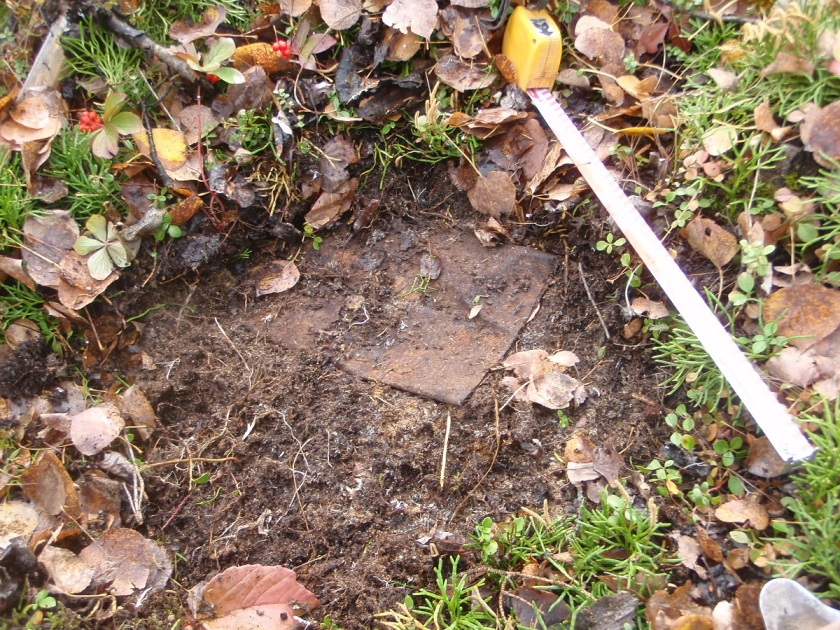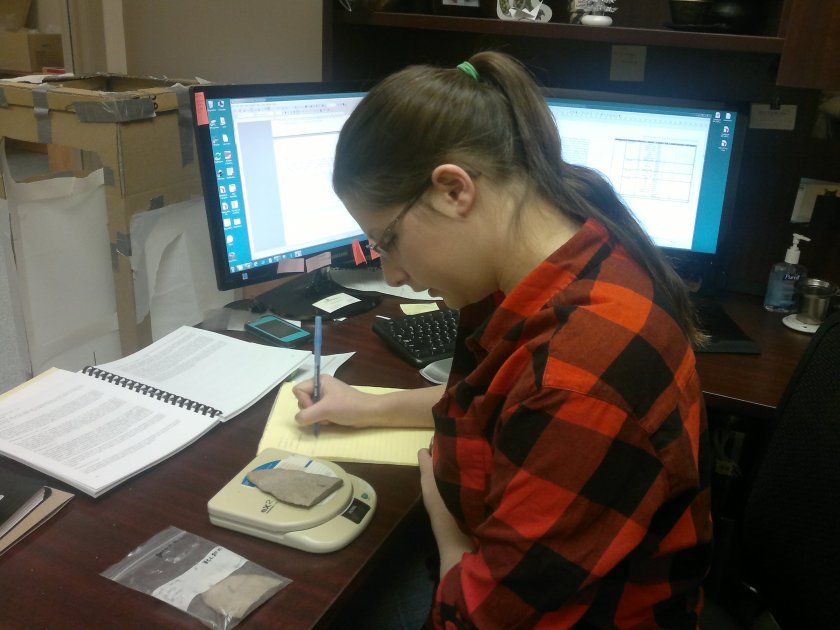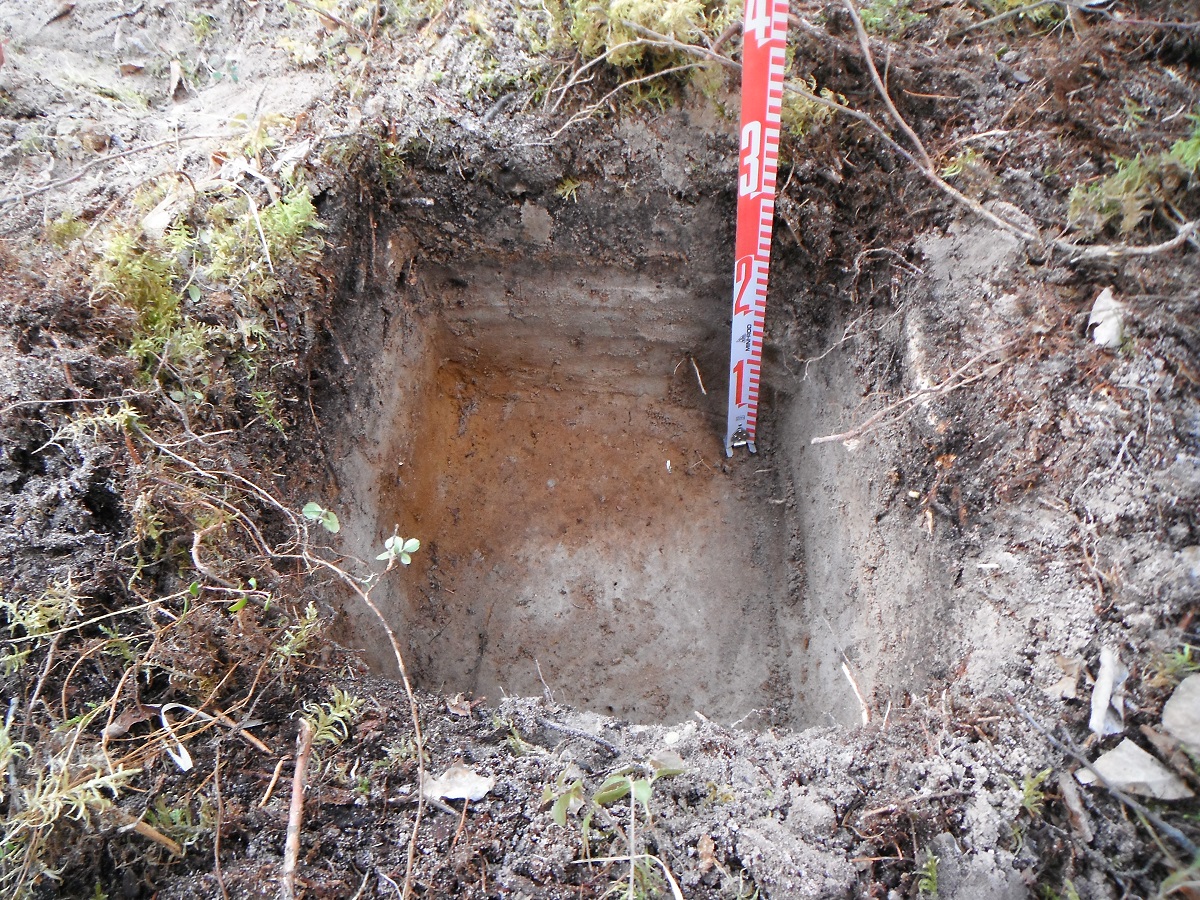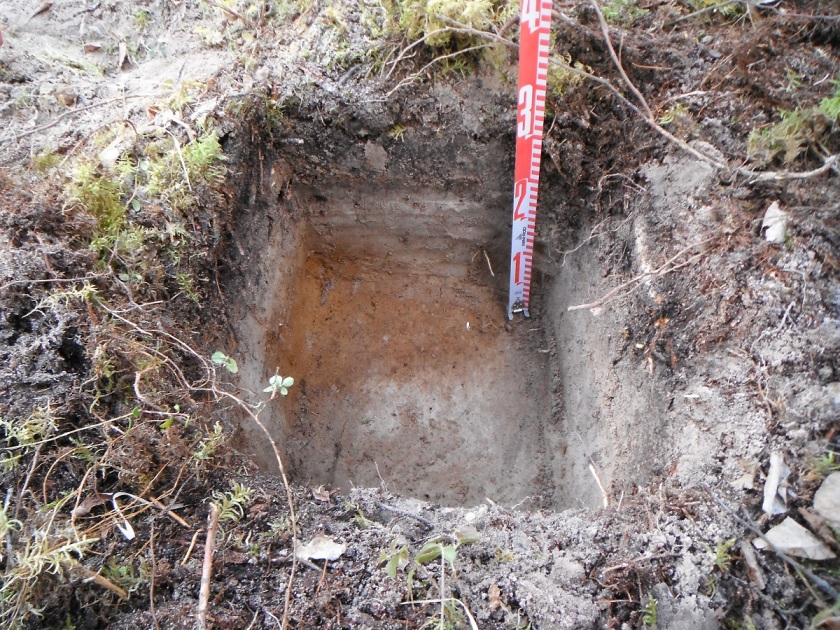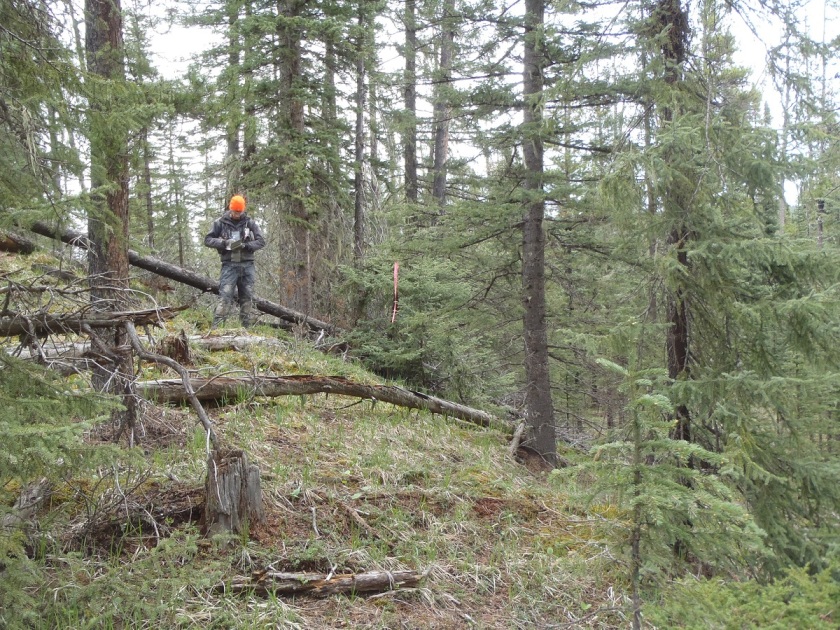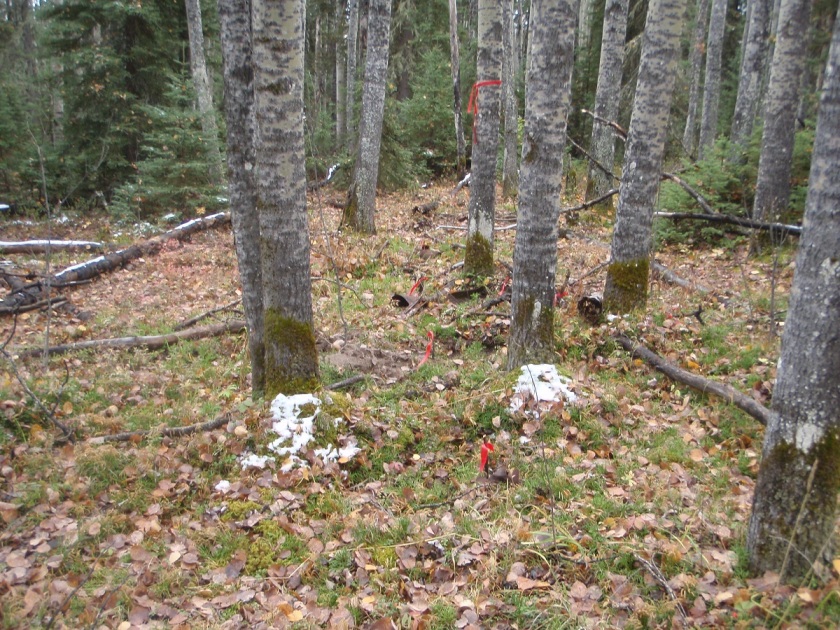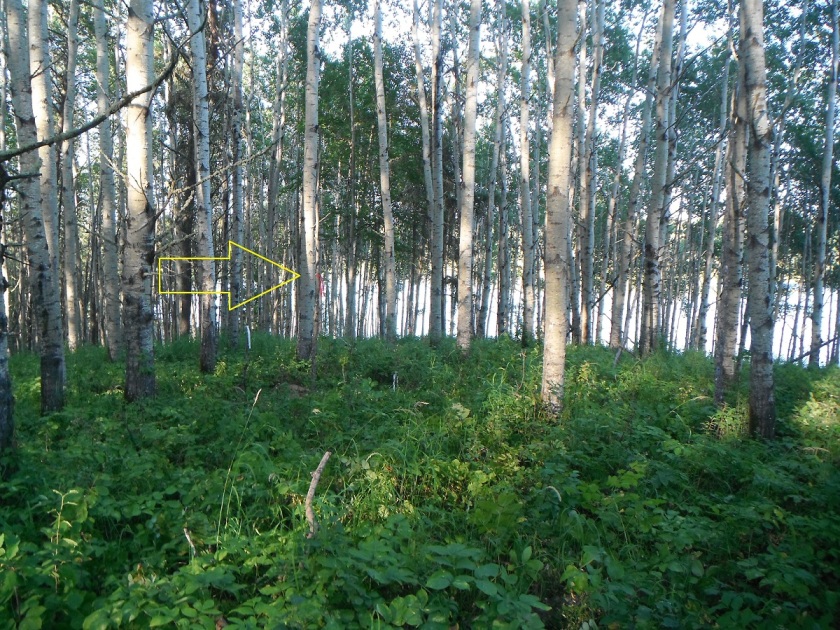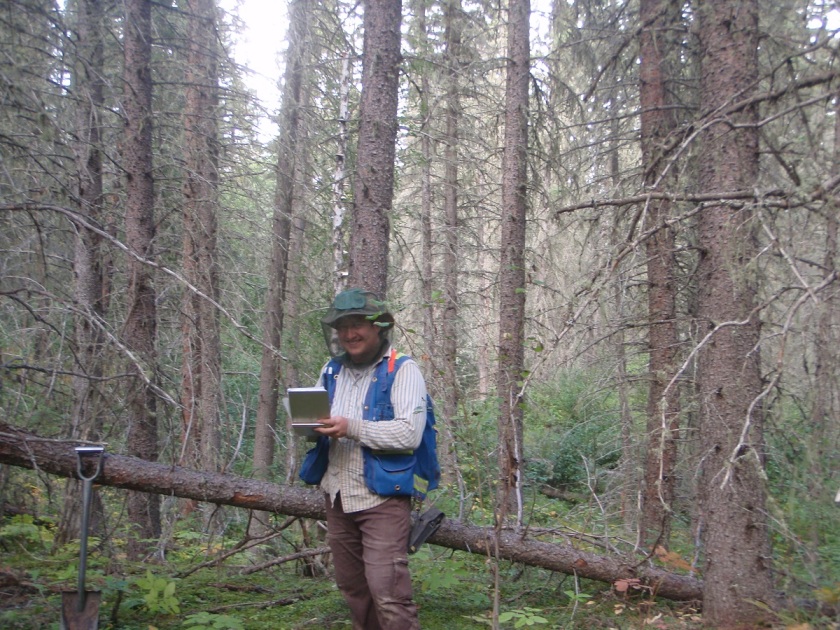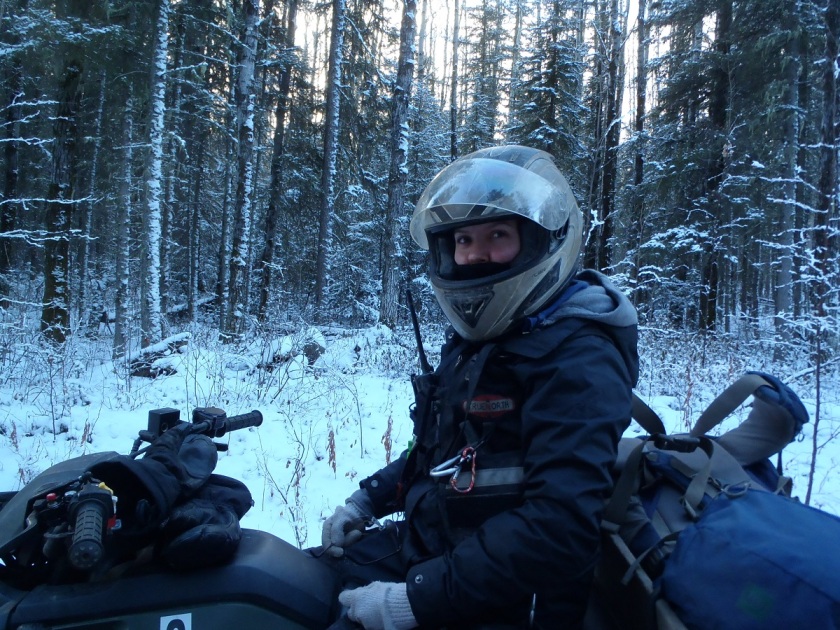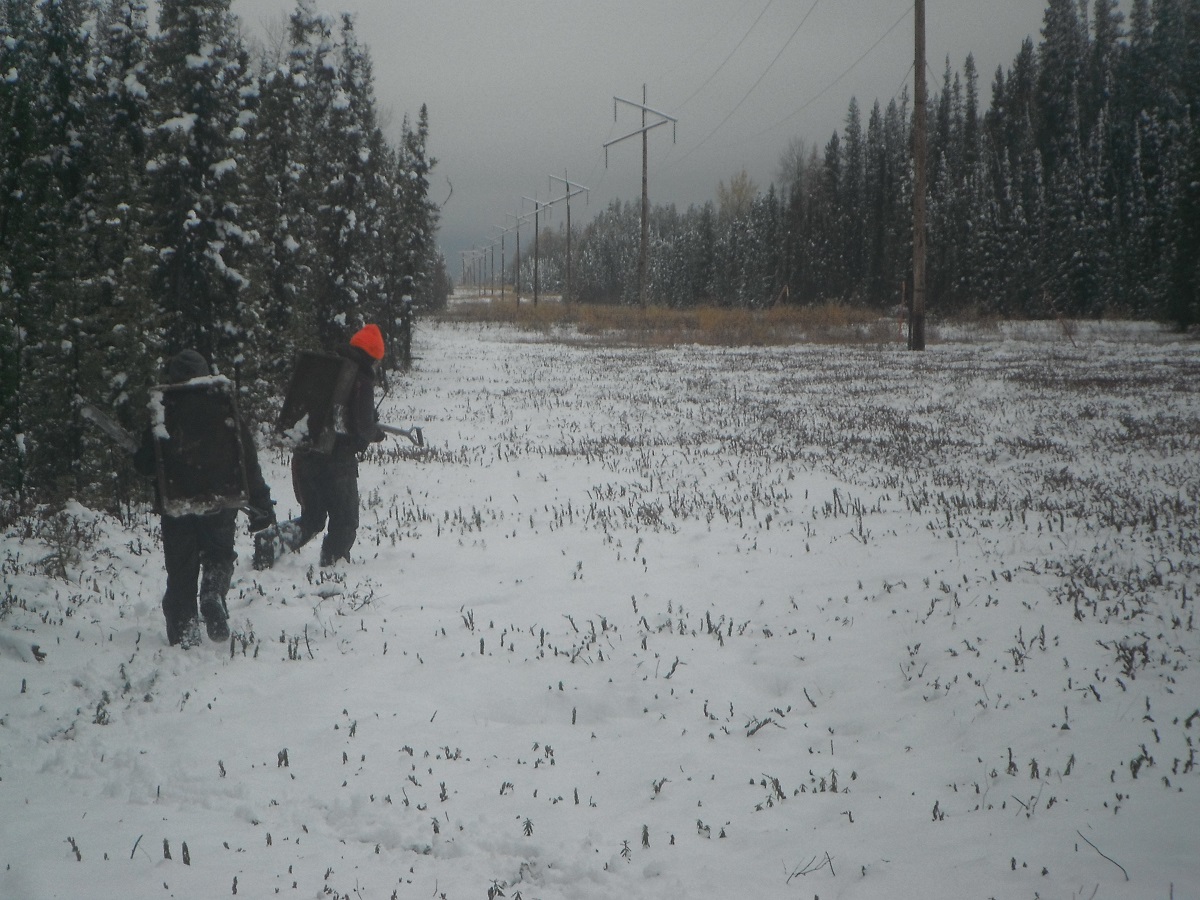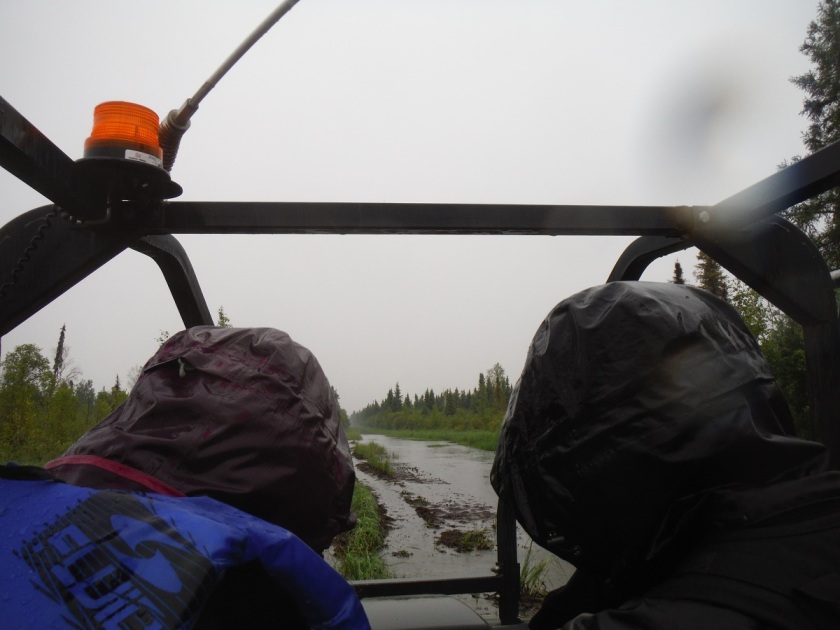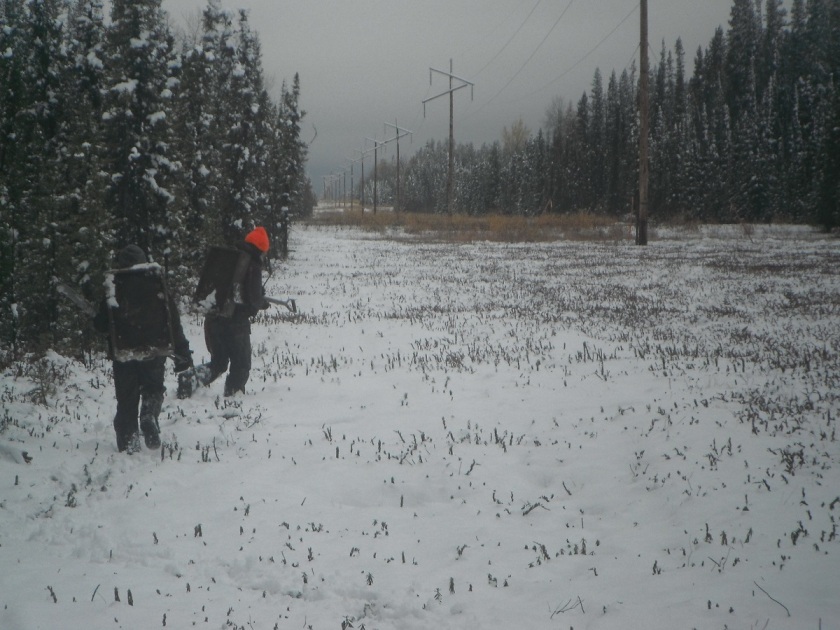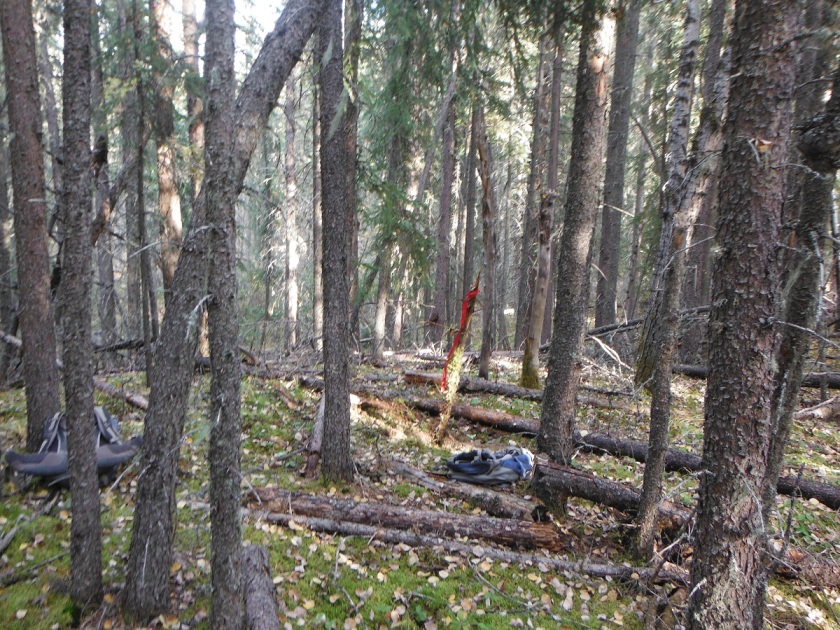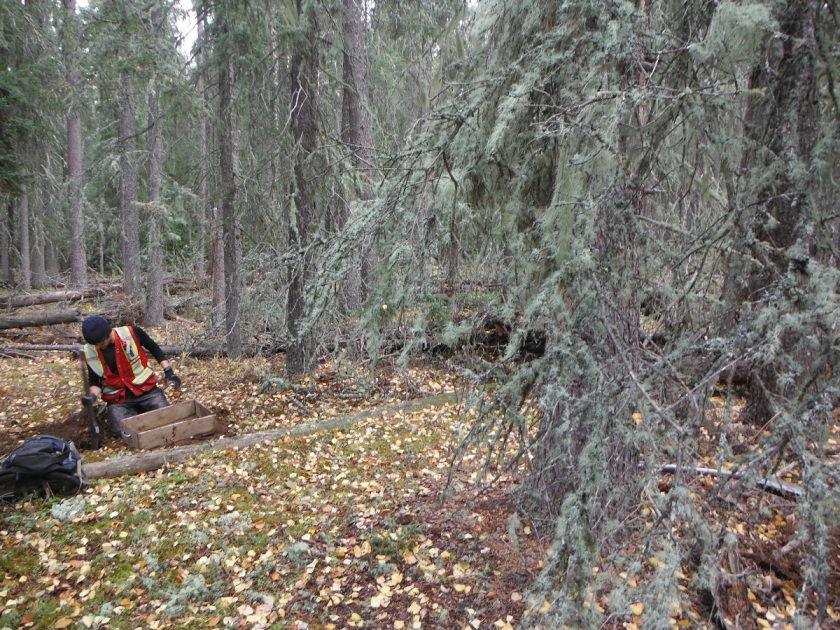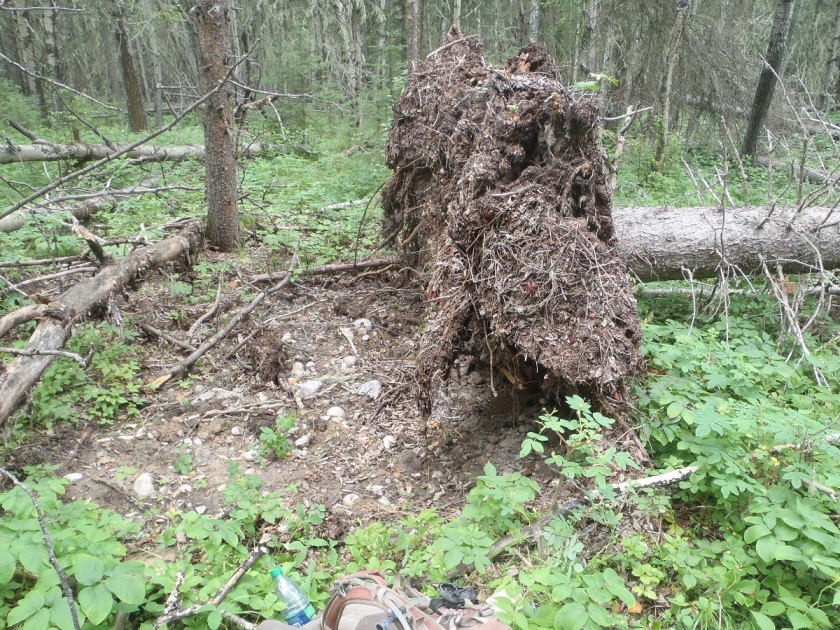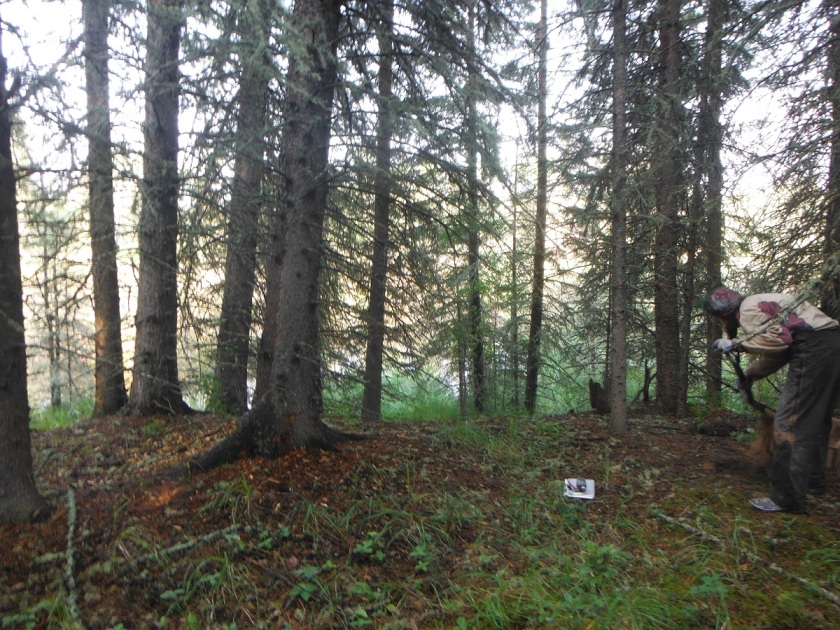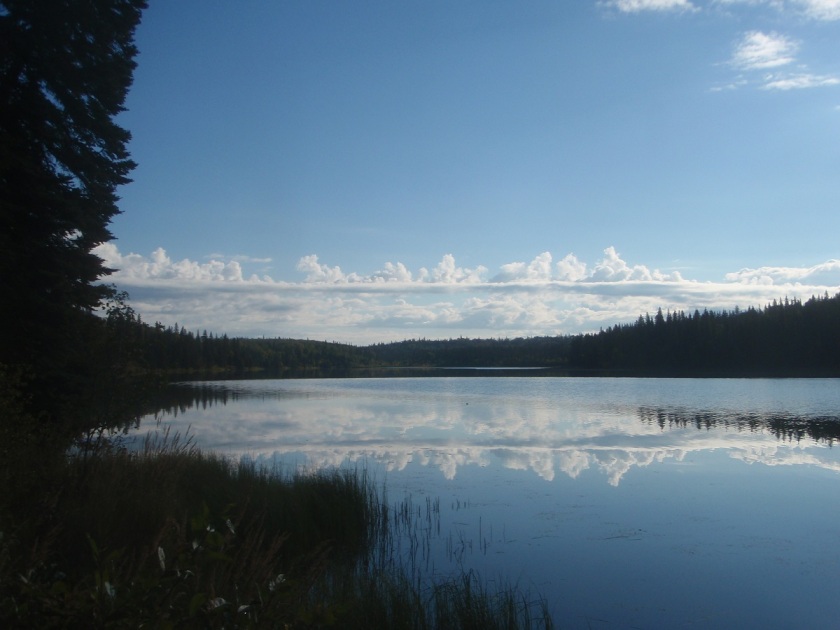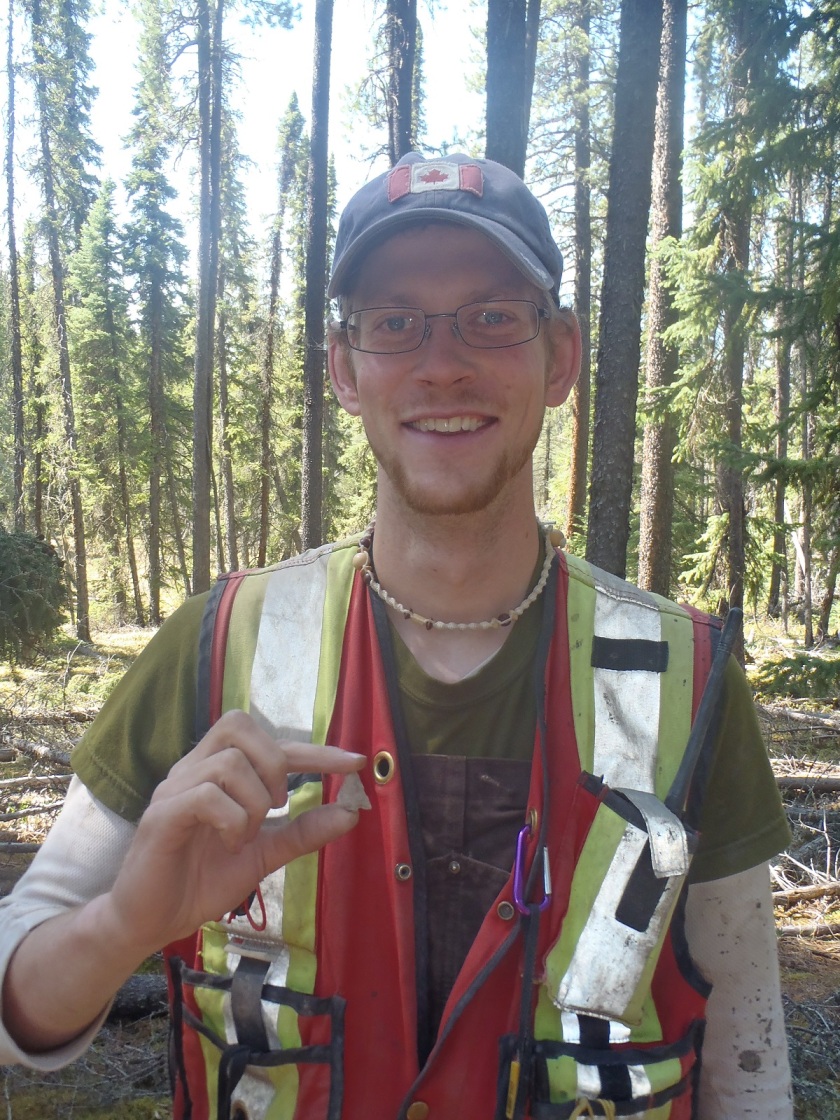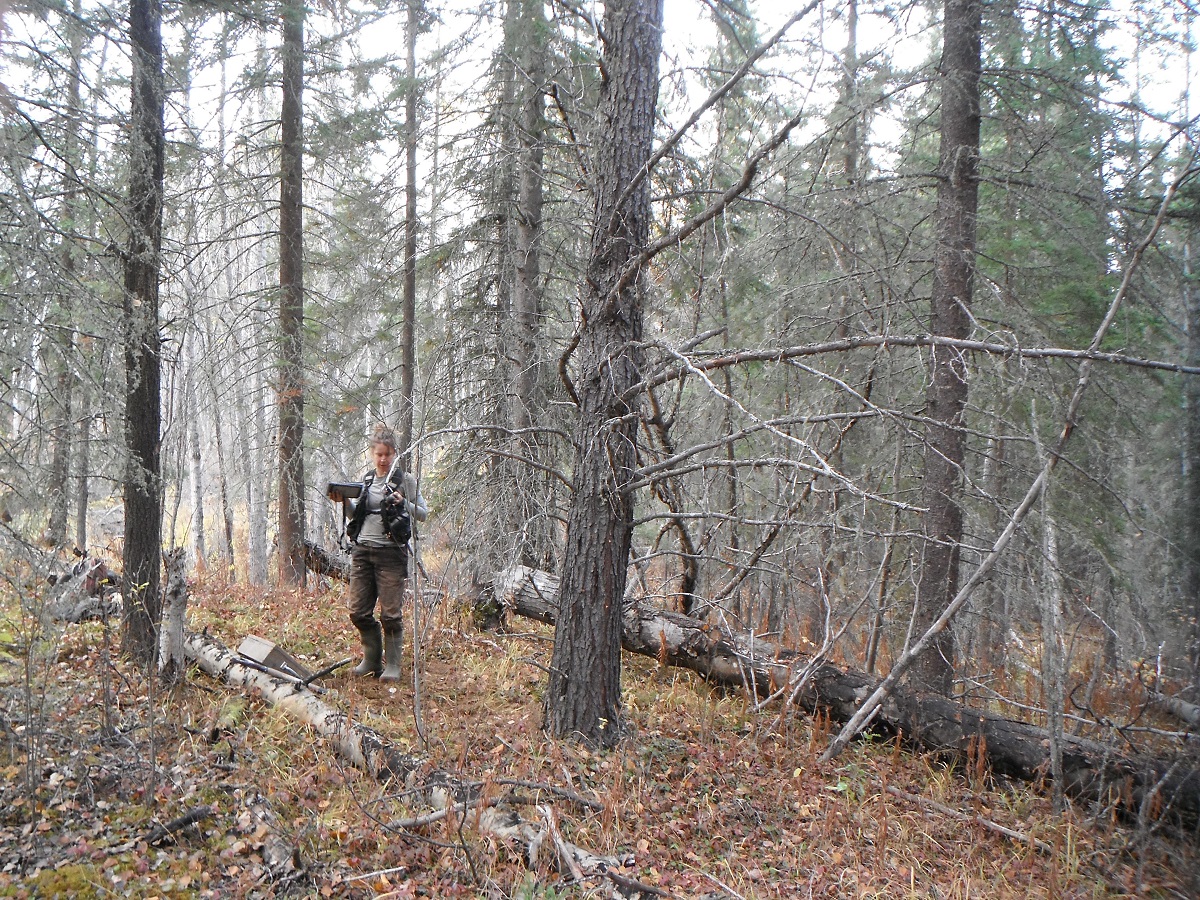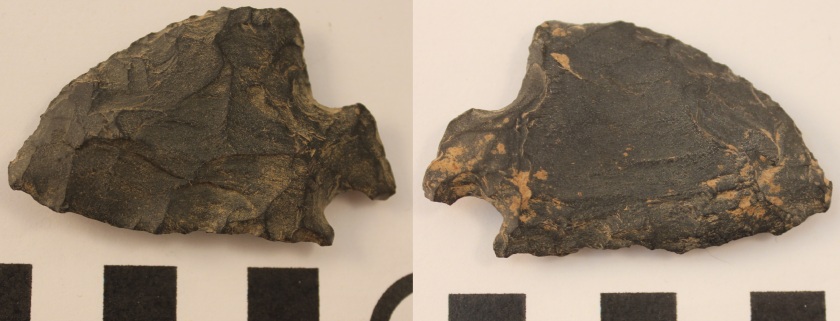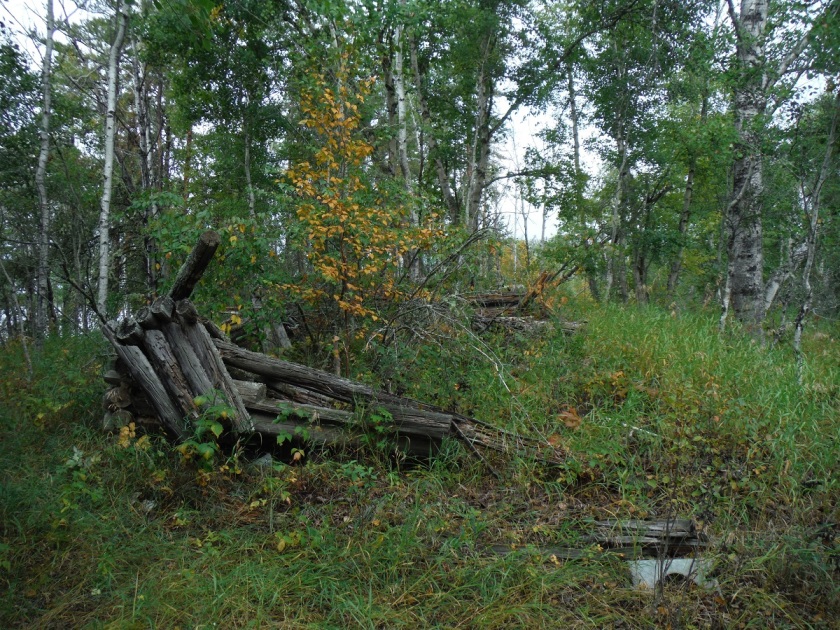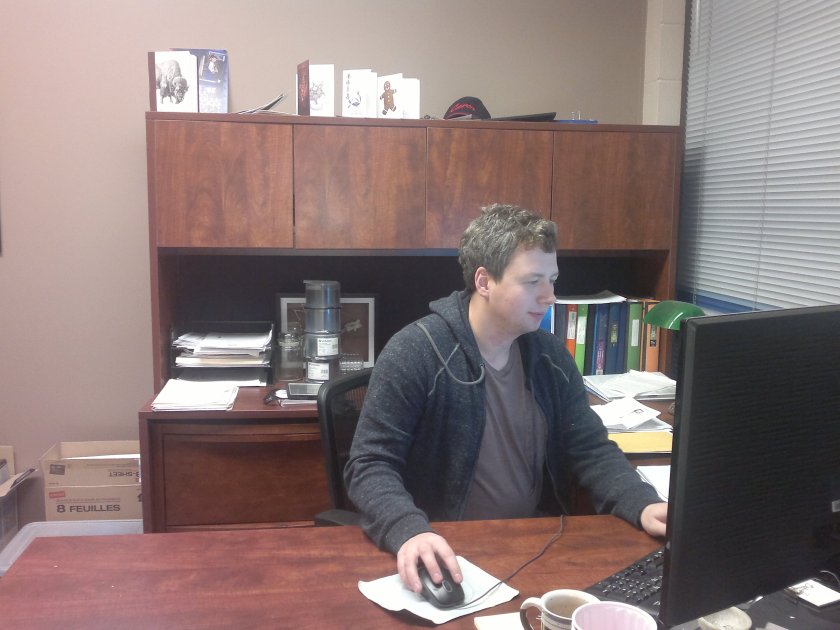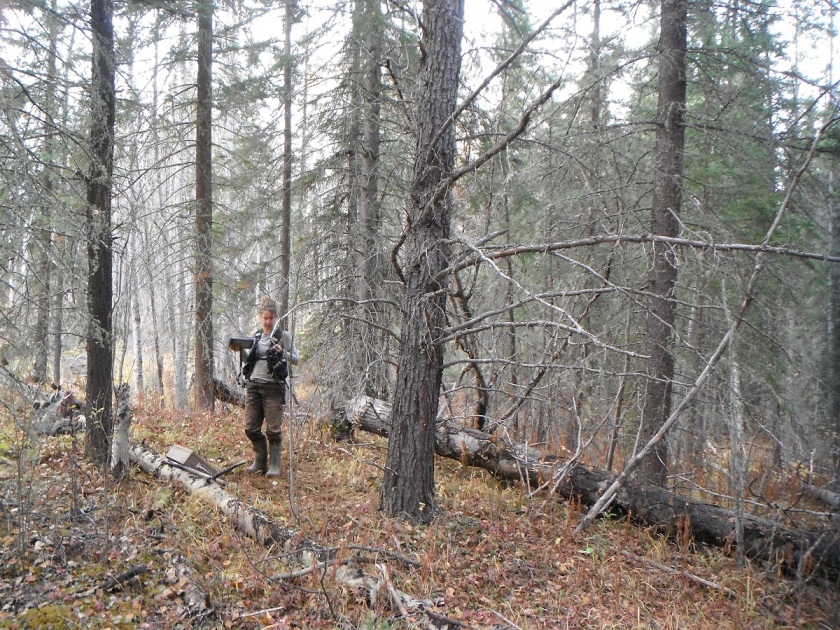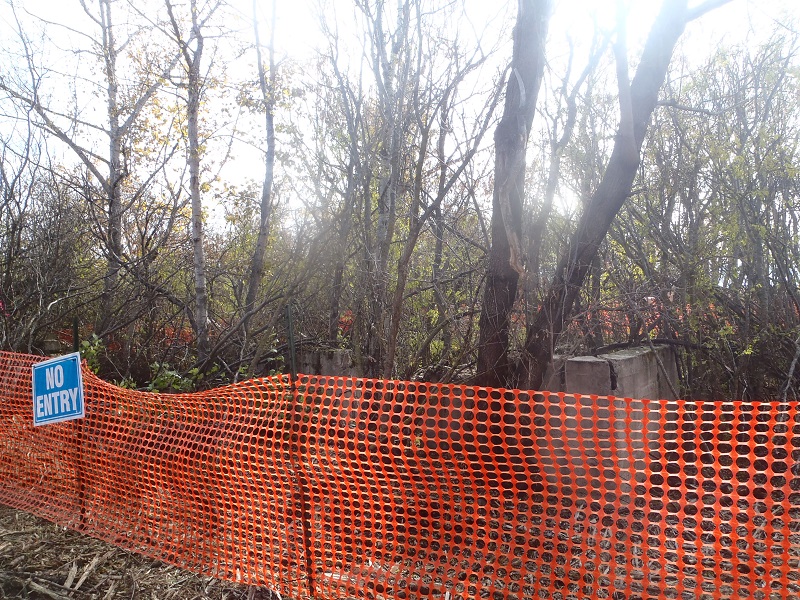In a previous blog post, I wrote about how remediation and archaeological impact assessment pose very similar problems, from a technical perspective. In both cases, there is something in the ground, and we need to figure out where, how much, and what to do about it. My impression is that remediation is well ahead of archaeology on both the technical and regulatory fronts. This is actually a good thing. It means we can borrow and adapt methods and procedures that have been proven to work.
Alberta Environment and Parks (AEP) recently released a draft Risk Management Plan guide to update their guidance on the requirements for Risk Management Plans for Exposure Control. Exposure Control is an alternative to traditional remediation of contaminated sites when full remediation is not technically feasible. AEP’s preferred approach to contamination is remediation (removal of the contaminants), but they’re willing to entertain leaving contaminants in the ground as long as an adequate risk management plan is in place. Both Exposure Control and full remediation have parallels in archaeology; exposure control is very similar to avoidance and remediation is akin to mitigative excavation. In archaeology, the preference is for avoidance over mitigation, because excavation is destructive and archaeology is a non-renewable resource, so we opt for site avoidance whenever we can. This poses a number of challenges:
- A commitment to avoidance doesn’t provide the clear regulatory closure that site clearance or a completed mitigation does.
- Once an archaeological site is in-situ within a crown disposition or development footprint there are no regulatory mechanisms to trigger review if development plans change.
- Long term, theoretically perpetual, avoidance of an archaeological site requires some mechanism to ensure that commitment is communicated to future operators and owners.
- Ongoing monitoring of hundreds or thousands of avoidance commitments would require substantial regulatory resources.
Too often, avoidance commitments are made and resources are left in-situ, only to be disturbed by later development through miscommunication or human error. The Historic Resource Management Branch of Alberta Culture and Tourism (ACT) has recognized this problem, and has begun requesting more details when proponents opt for site avoidance, but hasn’t yet developed the regulatory mechanisms to address it. Fortunately, Alberta Environment and Parks has had to deal with a lot of contaminated sites and has developed a very detailed and robust draft Risk Management Plan Guide that addresses a lot of the same risks.
AEP has identified several core components of an adequate Risk Management Plan:
- Administrative information, including the identification of the person(s) legally responsible to maintain and monitor the plan until the site meets remediation guidelines.
- A detailed background to provide the context of the site; essential to ensure that the Risk Management Plan will survive regulatory and operational personnel changes.
- Identification of the contaminants (resources) of concern.
- Identification of risks associated with the site under current conditions.
- A Conceptual Site Model, which is a detailed visual and written description of the site, incorporating all currently known information. (This is another tool archaeologists could borrow from the remediation world to improve how we communicate about sites.)
- A summary of current land-use and zoning, which are factors that can dramatically affect the level of risk to a site.
- Complete Delineation. Again, remediation is far ahead of archaeology when it comes to standards and methods for accurate delineation and evaluation of sites. In order to accurately evaluate risks, we need a better understanding of the site than is currently obtained at the archaeological survey (HRIA) stage.
AEP also systematically breaks down the Exposure Control Plans to ensure that they will address all of the challenges we raised above. In addition to the detailed exposure control (avoidance) methods that will be implemented, and the rationale for their selection, the Plan has to include:
- Timelines and organizational requirements to ensure continuity.
- An evaluation of the remaining risks.
- A monitoring plan, which is explicitly the proponent’s responsibility, in perpetuity, and must include a schedule and reporting and record keeping mechanisms.
- A contingency plan in the event of failure.
Finally, an adequate Risk Management Plan includes a communication plan to ensure that all stakeholders (such as regulators, land owners, municipalities, and First Nations) are aware of the plan, informed of monitoring results, and notified in the event of a failure.
As archaeological mitigation costs continue to rise, our ability to predict and detect the location of sites improves, and community interest in sites of all types increases, proponents will be opting for avoidance and other alternatives to mitigation more often. AEP’s Risk Management Plan model may seem overly prescriptive to archaeological professionals used to fairly open standards and a lot of regulatory freedom, but the continued occurrence of avoidance failures indicates that the current system isn’t working. Fortunately, we don’t have to reinvent the wheel. Techniques, procedures and regulatory models for the long-term management of risks on the land already exist. AEP will be releasing their final guide for Risk Management Plans in the near future. Archaeology Consultants could easily adapt AEPs template to provide our regulators with the information and tools they need to manage and monitor long-term avoidance and other innovative historic resource management options.
To keep up to date on Historic Resource regulations and processes, you can subscribe to our quarterly Regulatory Update email.
